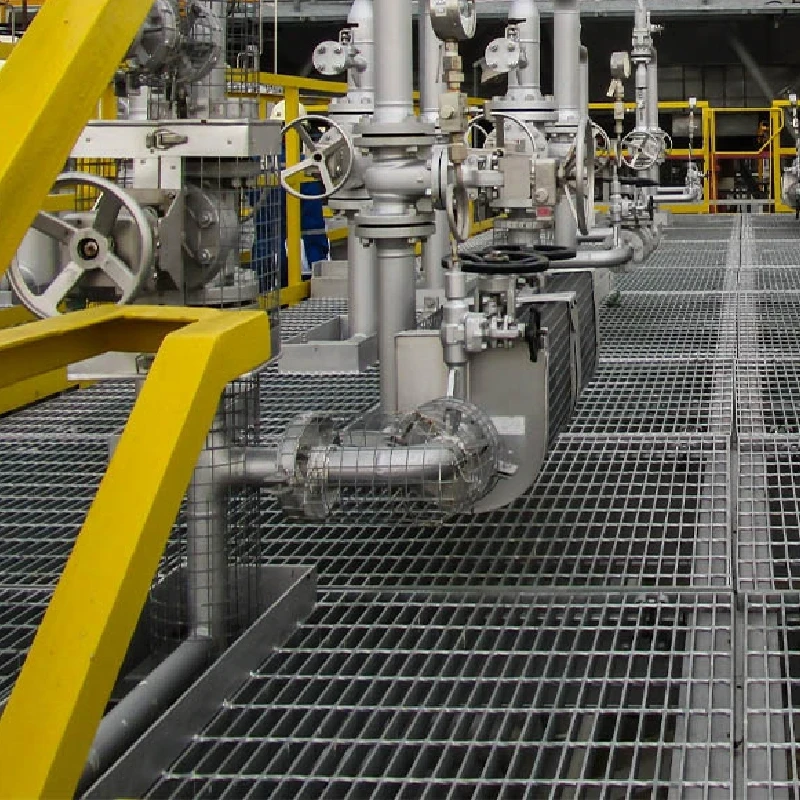- Industrial zone, South of Anping Town, Hengshui, Hebei, China.
- sales@hfpetromesh.com
- +86-18931809706
 Afrikaans
Afrikaans  Albanian
Albanian  Amharic
Amharic  Arabic
Arabic  Armenian
Armenian  Azerbaijani
Azerbaijani  Basque
Basque  Belarusian
Belarusian  Bengali
Bengali  Bosnian
Bosnian  Bulgarian
Bulgarian  Catalan
Catalan  Cebuano
Cebuano  Corsican
Corsican  Croatian
Croatian  Czech
Czech  Danish
Danish  Dutch
Dutch  English
English  Esperanto
Esperanto  Estonian
Estonian  Finnish
Finnish  French
French  Frisian
Frisian  Galician
Galician  Georgian
Georgian  German
German  Greek
Greek  Gujarati
Gujarati  Haitian Creole
Haitian Creole  hausa
hausa  hawaiian
hawaiian  Hebrew
Hebrew  Hindi
Hindi  Miao
Miao  Hungarian
Hungarian  Icelandic
Icelandic  igbo
igbo  Indonesian
Indonesian  irish
irish  Italian
Italian  Japanese
Japanese  Javanese
Javanese  Kannada
Kannada  kazakh
kazakh  Khmer
Khmer  Rwandese
Rwandese  Korean
Korean  Kurdish
Kurdish  Kyrgyz
Kyrgyz  Lao
Lao  Latin
Latin  Latvian
Latvian  Lithuanian
Lithuanian  Luxembourgish
Luxembourgish  Macedonian
Macedonian  Malgashi
Malgashi  Malay
Malay  Malayalam
Malayalam  Maltese
Maltese  Maori
Maori  Marathi
Marathi  Mongolian
Mongolian  Myanmar
Myanmar  Nepali
Nepali  Norwegian
Norwegian  Norwegian
Norwegian  Occitan
Occitan  Pashto
Pashto  Persian
Persian  Polish
Polish  Portuguese
Portuguese  Punjabi
Punjabi  Romanian
Romanian  Russian
Russian  Samoan
Samoan  Scottish Gaelic
Scottish Gaelic  Serbian
Serbian  Sesotho
Sesotho  Shona
Shona  Sindhi
Sindhi  Sinhala
Sinhala  Slovak
Slovak  Slovenian
Slovenian  Somali
Somali  Spanish
Spanish  Sundanese
Sundanese  Swahili
Swahili  Swedish
Swedish  Tagalog
Tagalog  Tajik
Tajik  Tamil
Tamil  Tatar
Tatar  Telugu
Telugu  Thai
Thai  Turkish
Turkish  Turkmen
Turkmen  Ukrainian
Ukrainian  Urdu
Urdu  Uighur
Uighur  Uzbek
Uzbek  Vietnamese
Vietnamese  Welsh
Welsh  Bantu
Bantu  Yiddish
Yiddish  Yoruba
Yoruba  Zulu
Zulu
- Afrikaans
- Albanian
- Amharic
- Arabic
- Armenian
- Azerbaijani
- Basque
- Belarusian
- Bengali
- Bosnian
- Bulgarian
- Catalan
- Cebuano
- Corsican
- Croatian
- Czech
- Danish
- Dutch
- English
- Esperanto
- Estonian
- Finnish
- French
- Frisian
- Galician
- Georgian
- German
- Greek
- Gujarati
- Haitian Creole
- hausa
- hawaiian
- Hebrew
- Hindi
- Miao
- Hungarian
- Icelandic
- igbo
- Indonesian
- irish
- Italian
- Japanese
- Javanese
- Kannada
- kazakh
- Khmer
- Rwandese
- Korean
- Kurdish
- Kyrgyz
- Lao
- Latin
- Latvian
- Lithuanian
- Luxembourgish
- Macedonian
- Malgashi
- Malay
- Malayalam
- Maltese
- Maori
- Marathi
- Mongolian
- Myanmar
- Nepali
- Norwegian
- Norwegian
- Occitan
- Pashto
- Persian
- Polish
- Portuguese
- Punjabi
- Romanian
- Russian
- Samoan
- Scottish Gaelic
- Serbian
- Sesotho
- Shona
- Sindhi
- Sinhala
- Slovak
- Slovenian
- Somali
- Spanish
- Sundanese
- Swahili
- Swedish
- Tagalog
- Tajik
- Tamil
- Tatar
- Telugu
- Thai
- Turkish
- Turkmen
- Ukrainian
- Urdu
- Uighur
- Uzbek
- Vietnamese
- Welsh
- Bantu
- Yiddish
- Yoruba
- Zulu
galvanized grating cost
Understanding the Cost of Galvanized Grating Key Factors and Considerations
Galvanized grating is a popular choice in various industries due to its durability, corrosion resistance, and strength. It is commonly used in walkways, platforms, and drainage covers, among other applications. However, when considering the installation of galvanized grating, cost becomes a crucial factor. Understanding what influences the cost can help you make informed decisions and budget effectively for your project.
1. Material and Manufacturing Process
The primary component of galvanized grating is steel, which undergoes a galvanization process to enhance its resistance to corrosion. The cost of raw steel fluctuates depending on market conditions, influencing the price of galvanized grating. Additionally, the manufacturing process, which includes cutting, welding, and coating, adds to the overall expense. Some manufacturers use more advanced techniques that may result in higher-quality products, but these may also come at a premium.
There are various types of galvanized grating, such as welded, press-locked, and swage-locked grating. Each type has its distinct benefits and applications, which can affect the cost. For instance, welded grating tends to be more robust and is suitable for heavy loads, but it is often more expensive than other types. Understanding your specific needs will help you determine which type of grating is most cost-effective for your project.
3. Size and Thickness
galvanized grating cost

The dimensions of the grating also play a significant role in determining the cost. Larger panels or those with greater thickness require more material, resulting in higher prices. It's essential to assess the specific requirements of your application in terms of load capacity and size to find the right balance between cost and functionality.
4. Customization and Accessories
If your project demands custom sizes or special features, such as non-slip surfaces or specific coatings, these factors will add to the overall cost. Accessories like brackets, fasteners, and support structures are also important to consider, as they contribute to both the installation and total project expense. Planning for these additional costs is crucial for accurate budgeting.
5. Supplier and Quantity
The choice of supplier can significantly influence the price of galvanized grating. Different suppliers may offer varying prices based on their manufacturing processes, quality controls, and relationships with steel providers. Additionally, purchasing in bulk can lead to discounts, so if your project requires a large volume, it may be economically advantageous to order accordingly.
Conclusion
In summary, the cost of galvanized grating is influenced by several key factors, including material and manufacturing processes, type and size of grating, customization, and supplier selection. By understanding these aspects, project managers and procurement specialists can make well-informed decisions that ensure they obtain high-quality galvanized grating at a reasonable price. Careful planning and consideration will ultimately lead to a successful installation that meets both functional and budgetary requirements.
-
The Versatility of Steel Walkway GratingNewsAug.07,2025
-
The Benefits of Galvanized Steel Grating for Your ProjectsNewsAug.07,2025
-
Shaker Screens: The Ultimate Solution for Your Drilling NeedsNewsAug.07,2025
-
Perimeter Safety Net: An Essential Solution for Helipad SafetyNewsAug.07,2025
-
Enhance Safety and Efficiency with Steel Walkway GratingNewsAug.07,2025
-
Discover Exceptional Steel Grating for SaleNewsAug.07,2025